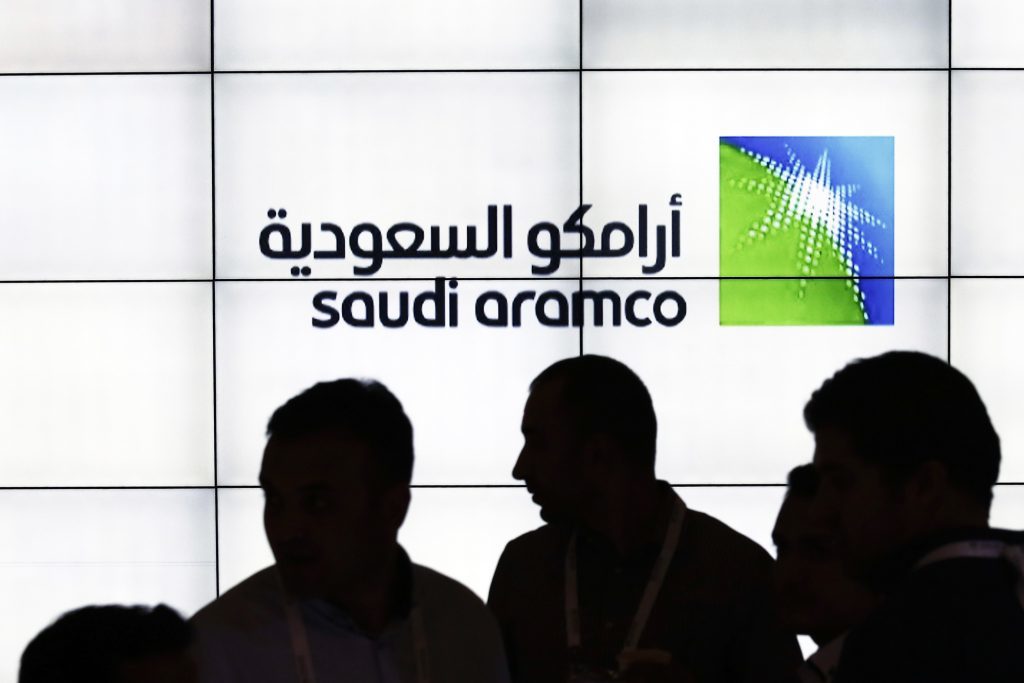
Saudi Aramco, the world’s biggest oil producer, wants to develop technologies that can collect carbon emissions from heavy-duty trucks, store that CO2 at refueling stations – and use it to harvest more oil.
Saudi officials hope the so-called mobile carbon capture systems will trap around half of the carbon dioxide pouring out of 16-ton Class 8 trucks, which will also use more efficient compression ignition gasoline engines instead of higher-emitting diesel engines.
This first-of-its-kind advance in carbon capture – trapping CO2 before it can escape into the atmosphere – is one of several sustainability projects in the Saudi oil company has launched since 2011. It’s an effort to reduce the Kingdom’s carbon footprint and ensure its biggest business – producing one out of every eight of the world’s oil barrels – is still sustainable in a carbon-constrained world.
“That’s good business practice, not just good environmental practice,” Saudi Aramco Chief Technology Officer Ahmad Al Khowaiter said in a recent meeting with reporters in Houston. “Being a lower-emissions producer also means you’re a low-cost (energy) producer.”
These days, Saudi Aramco spends about a quarter of its R&D budget on what it calls its business sustainability domain. It has invested in technology that converts carbon dioxide into polymers, built a gas treatment plant that collects as much carbon as 70,000 cars produce in a year, and is exploring further advances to reduce carbon capture costs.
This article first appeared on the Houston Chronicle – an Energy Voice content partner. For more from the Houston Chronicle click here.
Recommended for you
